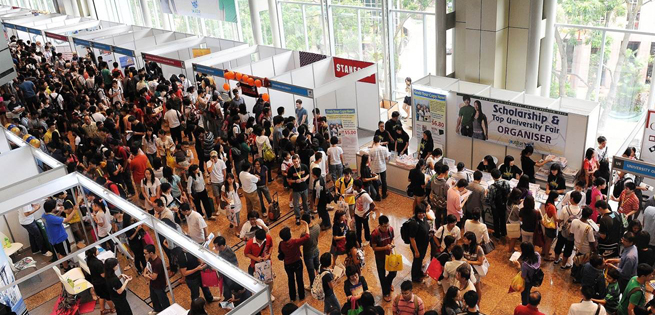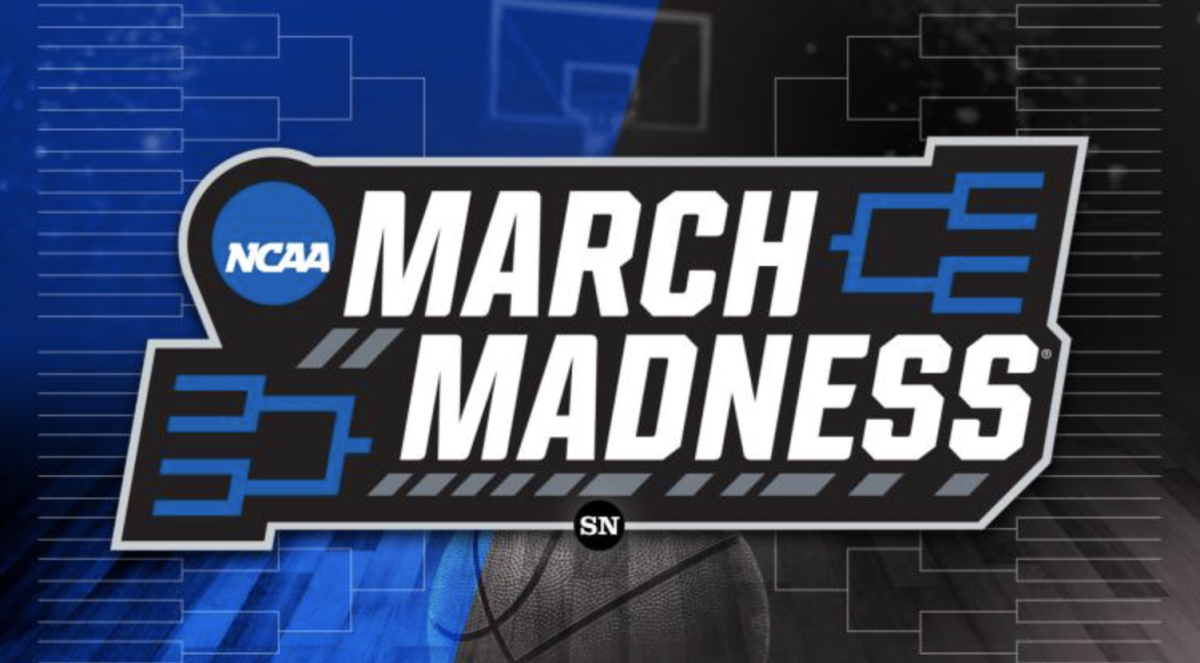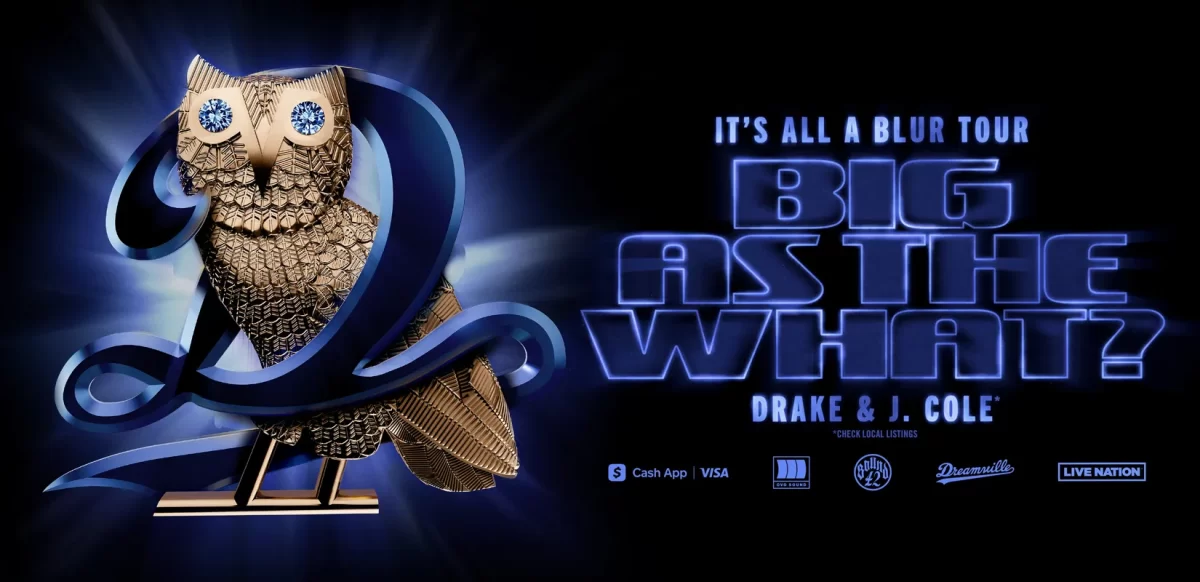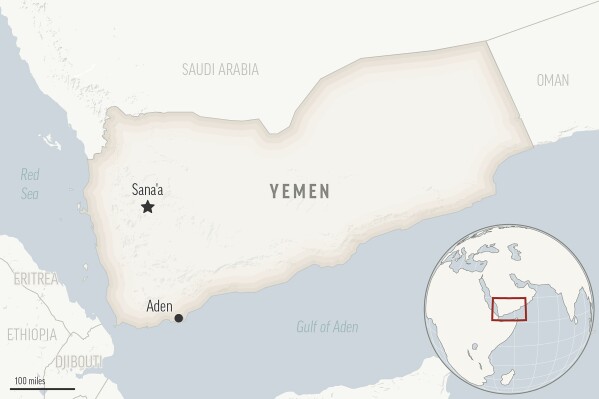By Eric Miranda, ’18, Op/Ed staff writer
On April 24, 2016, Andrews Osborne hosted the Cleveland Independent Schools College Fair from 3:00-5:00 in the afternoon. The goal of the fair, like any other college fair, was to give students a chance to gain a better understanding of the colleges they were interested in through having a conversation with the multiple college representatives in attendance. While it was not mandatory, sophomores and juniors of University School were encouraged to attend the gathering. We were all sent an email that urged us to “chat with [a] representative for a few minutes and then thank him or her, excuse yourself, and move on to another table.” While this “rinse and repeat” technique might seem effective, I question the usefulness of college fairs, for sophomores at the least.
While the purpose of college fairs is a respectable one, it is unclear how the current set up for college fairs could be beneficial to sophomores. Most sophomores have no idea where they want to go to college. Most do not know if they want to go to a big college or a small college, or a private or public college. Frankly, as a sophomore, I could not even tell you any of the other differences between colleges, besides the fact that Ivy League schools are elite and “preppy”. Further, I have no idea what I want my major to be in college. Most sophomores are in a similar situation. Even for those who do have an idea about what they want from their undergraduate experience, it is still likely your opinion is going to change in the near future. The majority of high school sophomores do not know where they want to be in the future, and college fairs do not help them narrow their search field.
Walking into a college fair, a multitude of booths and tables are on display, each having a college representative ready to sell you to their respective school. However, a student has no idea where to start. With just a list of names of the colleges in attendance, direction is elusive without doing extensive research on each of the schools in attendance. While it is easy to recognize some of the local colleges like Case Western or Ohio State, it is difficult to identify why to be interested in any of those two colleges besides the fact that they are close to home. Even if a student tries to hit every booth in front of him, the event is only 2 hours long, so there is a limit to the number of booths to be reached. Finding a college of interest can feel like a needle in a haystack, and 120 minutes is seldom enough to do so. So, attendees, especially sophomores, are left with a wasted Sunday afternoon, weeding through multiple colleges in a way that was no more productive than a meeting with a college counselor. The college fair is a wild buffet of colleges instead of a useful and meaningful meal, served with the colleges of your choosing.
Without a prior event to help students find out what they want in a college and which colleges fit that parameter, college fairs will never fulfill their goal as a educational and future-building experience.







